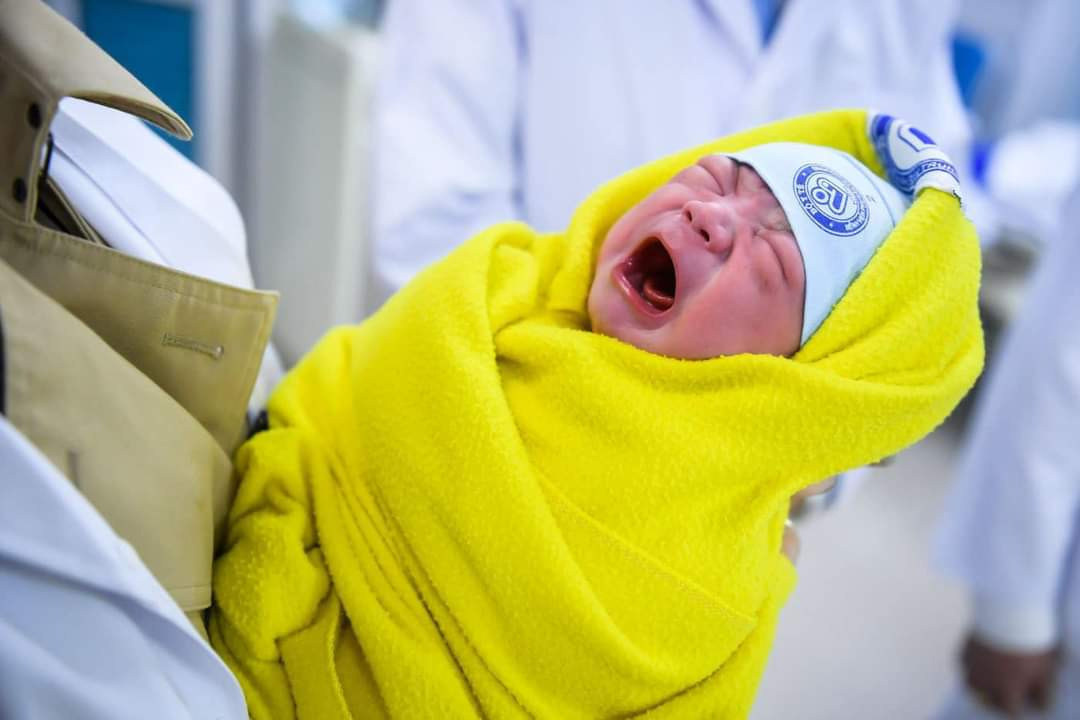
In Vietnam, the sex ratio imbalance at birth began becoming a challenge in early 2000 and, moreso in 2006, when the ratio was 109 males to 100 females.
According to the General Statistics Office (GSO), in 2022, the ratio in Vietnam was 112.1 males to 100 females, the same as two years ago. The situation, according to GOP leaders, is "getting more serious".
“Gender imbalance at birth in Vietnam appears later than in other countries, but it has increased and spread rapidly. The phenomenon is seen in all six socio-economic zones throughout the country, especially in the Red River Delta and the Northern Midlands,” said Dr Pham Vu Hoang, GOP’s deputy general director.
According to the Ministry of Health (MOH), as many as 21 cities and provinces have a higher sex ratio at birth than the country’s average sex at birth ratio.
These include Son La province (117), Nghe An province (116.6) and Hanoi (112). Meanwhile, the figure is 108 in some provinces in the southwest region.
Hoang said gender imbalance at birth in Vietnam is high at the first birth, but far higher for subsequent births in families that don’t have sons, especially in families with two daughters and no son.
The imbalance in Vietnam is much higher in couples with higher education levels and good financial conditions. There are many reasons, but Hoang said the chief reason is longstanding male chauvinism. Abusing technology for the purpose of prenatal sex-selection is another reason.
“The excess of males and shortage of females will lead to many single men,” Hoang warned.
GSO has estimated that Vietnam will have 1.5 million men in excess by 2034, and the figure may rise to 2.5 million by 2059.
Vo Thu